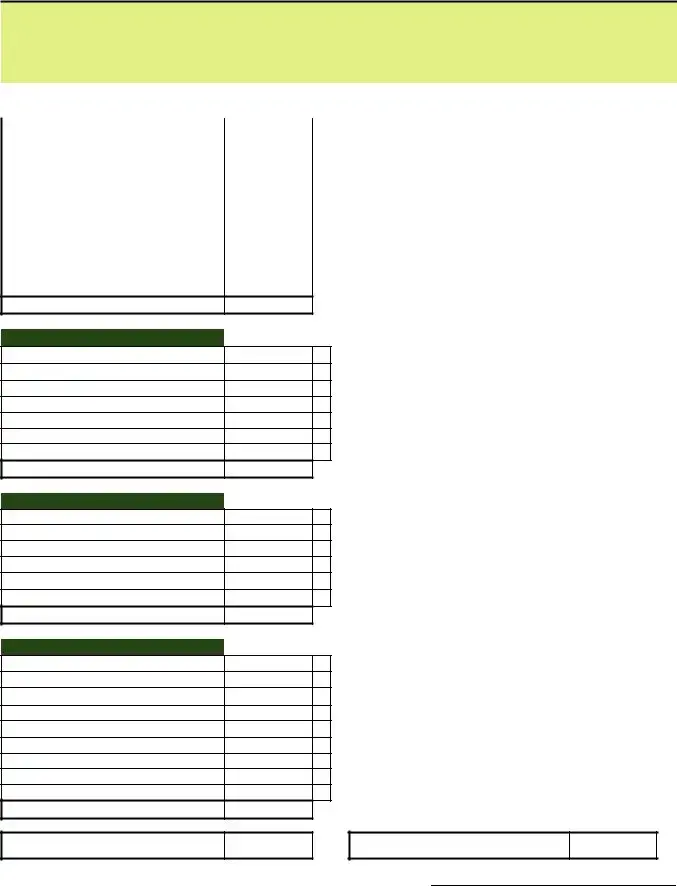What is the purpose of the Monthly Household Budget Worksheet?
The Monthly Household Budget Worksheet helps you track your monthly payments and expenses. This document is essential for managing your finances effectively. It can also assist organizations in determining how best to help you maintain your housing situation.
How do I fill out the budget form?
Begin by listing all your monthly payments in the designated sections. Each category covers various aspects of your expenses, such as housing, transportation, and other debts. Remember to check off any areas where you can reduce expenses, as this may help identify opportunities to save money.
Why is it important to check for possible reductions in expenses?
Checking for possible reductions in expenses can reveal areas where you may cut back. This process can lead to significant savings over time, which may provide you with more financial stability and help you to stay in your home.
What should I do if I have additional expenses not listed in the form?
If you have expenses that don’t fit into the provided categories, simply list them in the “Other” section corresponding to the relevant category. This allows you to accurately capture your full range of expenses.
How do I calculate the total of Sections A-J?
To calculate the total of Sections A-J, simply add the subtotal amounts from each section. This will give you a clear picture of your total monthly expenses, which is vital for determining your overall financial health.
What if I don’t have all the information ready to complete the form?
If you don’t have all the required information immediately, it’s best to fill in what you can. You can always return to the form and complete it once you gather the necessary data. Accurate reporting is key, so it's helpful to have as much detail as possible.
Is my information kept confidential?
Yes, typically any information provided in budget worksheets is treated with confidentiality. However, it's essential to check the privacy policy of the specific organization or service requesting the form to understand how your data will be handled.
Can I use this budget form for other financial planning needs?
Absolutely! While designed for tracking monthly expenses, this budget form can also be utilized for various financial planning purposes. Whether planning for a big purchase or assessing your overall financial situation, it offers a structured approach to understanding your finances.
What should I do after completing the form?
Once you've filled out the form, review all entries to ensure accuracy. If you’re seeking assistance, submit the form as directed by the organization. Use the findings from the worksheet as a basis for any financial discussions or planning sessions you may have.
How often should I update my budget?
It’s advisable to update your budget regularly. Monthly updates can provide a clear picture of any changes in expenses or income. This practice promotes better financial management and helps you stay on track with your financial goals.

